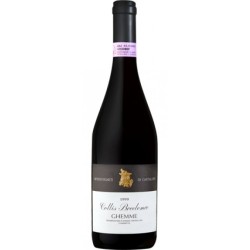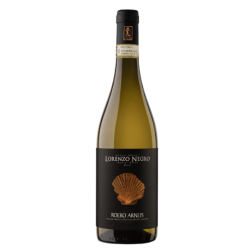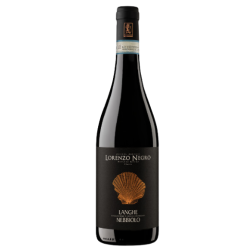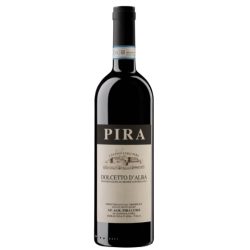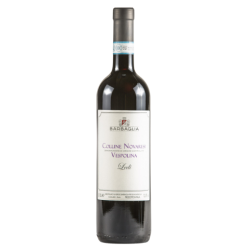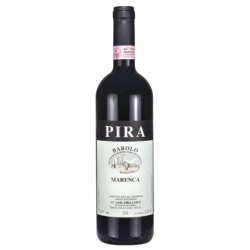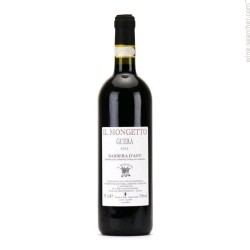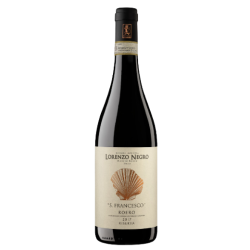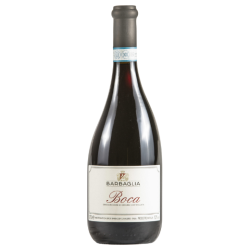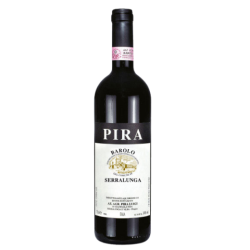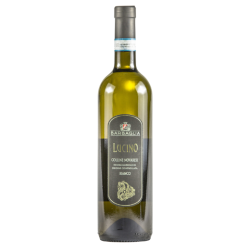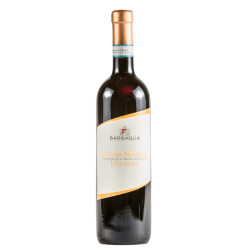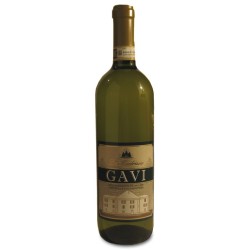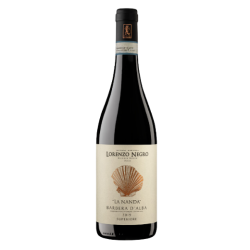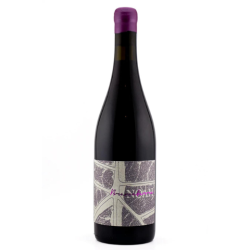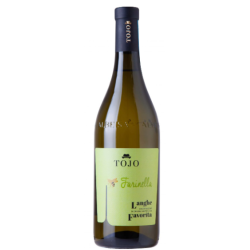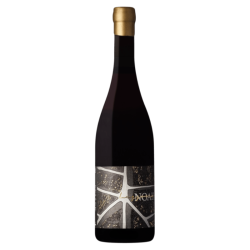Piemonte

Located in northwestern Italy, Piedmont’s viticultural origins date back to around 1500 BC. Rich in a great heritage of indigenous grape varieties and many Protected Designation of Origin products, such as Alba truffles, it is now recognized for its predominant production of red wine, but also for some exceptional white wines. Today, this region enjoys a strong international wine reputation, particularly for the very high quality of its terroir.
Historically, Piedmont's greatest viticultural contribution came from Roman colonization, but its history began as early as 400 BC. Etruria then encountered Celtic influence with the gradual arrival of the Gauls, who mingled with the local Ligurian population. They introduced the use of barrels, larger and more convenient to transport than amphorae. But the exchange was not one-sided: the Celts quickly adopted Etruscan vine-growing techniques and developed them in Piedmont as they moved towards the Mediterranean. From the Etruscans, they borrowed the technique known as "abrustrum," the vine crawling on planted stakes (such as poplar and maple).
In the 19th century, Piedmont became the cradle of the Italian wine renaissance. This qualitative revolution began with the production of Barolo. At that time, the region was renowned for its sweet wines, a trend inherited for various commercial and natural reasons. Firstly, Piedmont was a supplier to the Maritime Republic of Genoa, from where the production was shipped by boat. This type of transport could damage the quality of the product, but sweet wines preserved better. Secondly, Nebbiolo, the region’s flagship grape variety, is a late-harvest variety. Combined with cold temperatures in the cellars during November and December and the unavailability of certain yeasts, the wine fermentation process was interrupted, leaving a certain amount of residual sugar, explaining the characteristic sweetness of Piedmont wines at that time.
However, the Barolo that the world appreciates today is not a sweet wine. This drastic change is the work of the Champagne oenologist Louis Oudart. The wife of the Marquis of Barolo, Giulietta Falletti, born Juliette Colbert in Nantes, did not appreciate the sweet, sometimes even sparkling, notes of the wines from her cellar and invited Oudart to improve their quality. He quickly understood the potential of Nebbiolo and succeeded in refining it by regulating fermentation temperatures and then aging the wine in barrels. The success was so rapid that it convinced Count Cavour and King Victor Emmanuel II to convert their cellars in the region to this new winemaking technique.
If Piedmont is such an important wine region today, it owes it in part to the particular morphology of its territory and exceptional climatic conditions at the foot of the mountains. The region is divided into 44% mountains, 26% plains, and 30% hills, from which 90% of wine production comes. This represents a total of 46,500 hectares of vineyards, or 17% of Italy’s vineyard area. The region is divided into three main groups: the northern area also called "Upper Piedmont" (Ghemme, Gattinara, ...), Monferrato to the southwest, and the Langhe, world-renowned for having given birth to the Barolo and Barbaresco appellations. 18 DOCG (Controlled and Guaranteed Designations of Origin) and 42 DOC (Controlled Designations of Origin) make up 85% of production.
A final noteworthy characteristic of the Piedmont region compared to the rest of Italy is the notion of terroir and cru. The wines are named after specific vineyards rather than a grape variety. The red Nebbiolo grape is very versatile, strongly absorbing the characteristics of each soil and thus producing very different wines, such as Barolo, Barbaresco, Ghemme, and Gattinara.

